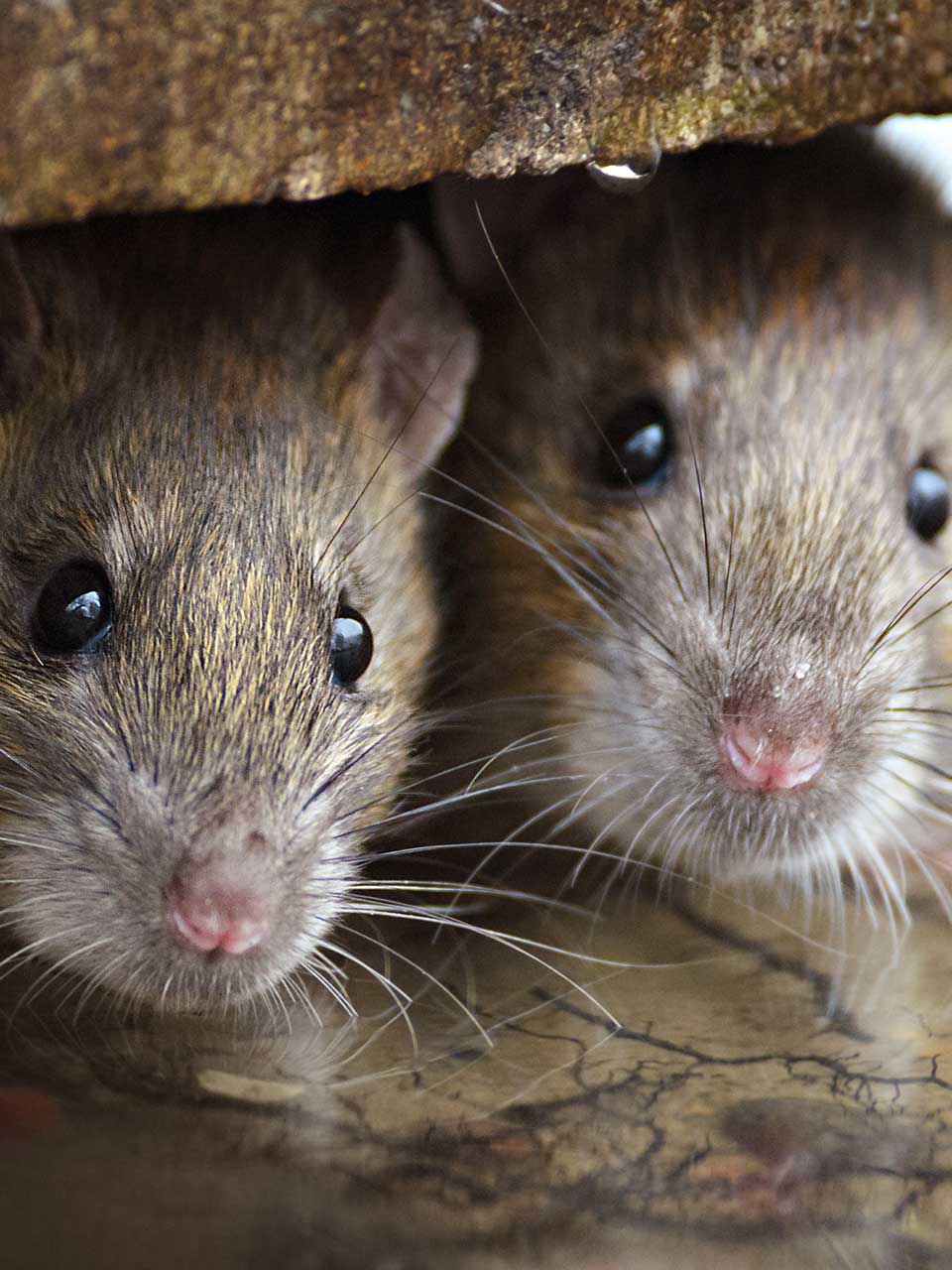Getting The Delaware Rat Exterminator - Viking Pest Control To Work

Some Known Details About Rat Pest Control - Effective Rat Removal - Critter Control
Look, Norway Rats are regularly called brown or sewer rats. They are big, bulked-up looking rats that can grow to lengths of about 13-16 inches when determined from their nose to the suggestion of their tail. Coloration is mostly gray on their underside and reddish or grayish-brown to black on the top of their body.
With blunt snouts, Norway rat grownups weigh about 7-18 ounces. Roofing system Rats are typically called black rats and are smaller than Norway rats. Adults range in weight from about 5-10 ounces. Their tails are longer than the rest of their body and are evenly dark colored. The underside of the roof rat's body is grayish to white.

Habits, Roof rats are skilled climbers and not surprisingly are apt to construct their nests in areas above ground. Nevertheless, they might in some cases likewise construct nests in burrows. These rats are mainly active during the night. Researchers have actually kept in mind that the roofing rat's long tail is adapted to enhance their ability to climb up and works to assists them in balancing.
The Best Strategy To Use For Rat removal project at Georgetown RV encampment on hold
Roofing system rats are not achieved swimmers and are not normally discovered in drains. Norway rats are typically active at dusk or throughout the night and are inactive throughout daytime hours. However, when a Norway rat population grows so large that competitors from other rats for food, water and harborage increases, some members of the rat neighborhood may seek to discover brand-new areas to colonize during the daytime.

Norway rats can climb, however not along with roofing rats, and are strong swimmers. Diet, Roofing system rats are omnivores and will feed on numerous types of plants such as fruits, grains, seeds and grocery produce. Also, roof rats are likely to consume insects. Similar to Norway rats, roofing rats ruin even more foods items by contamination from feces and urine than from consumption.

Likewise, Norway rats might prey upon fish, poultry, mice, birds, little reptiles and amphibians. They may eat plant life, however choose to meat or meat-related wastes. Learn Check it Out what rats consume. Habitat, As mentioned above, roofing rats choose aboveground nesting locations in shrubs, trees, and dense plants. Roofing rats entering homes are normally found in raised or safe enclosures such as walls, cabinets, attics, and false ceilings.
UNDER MAINTENANCE